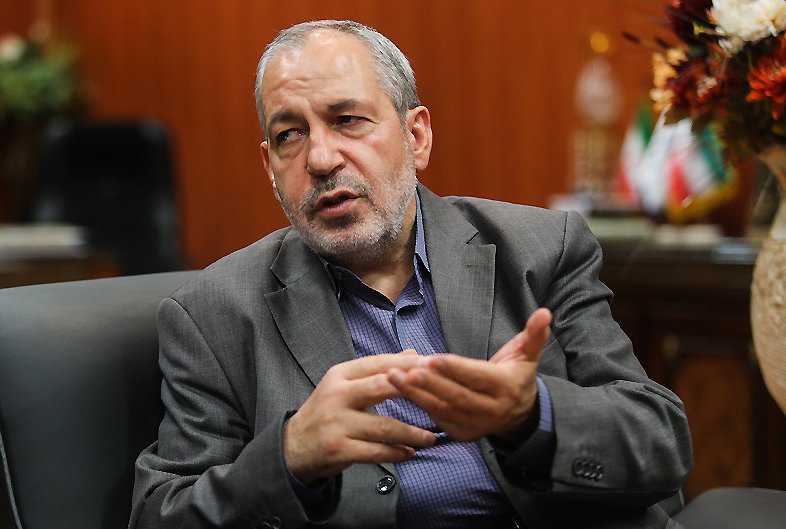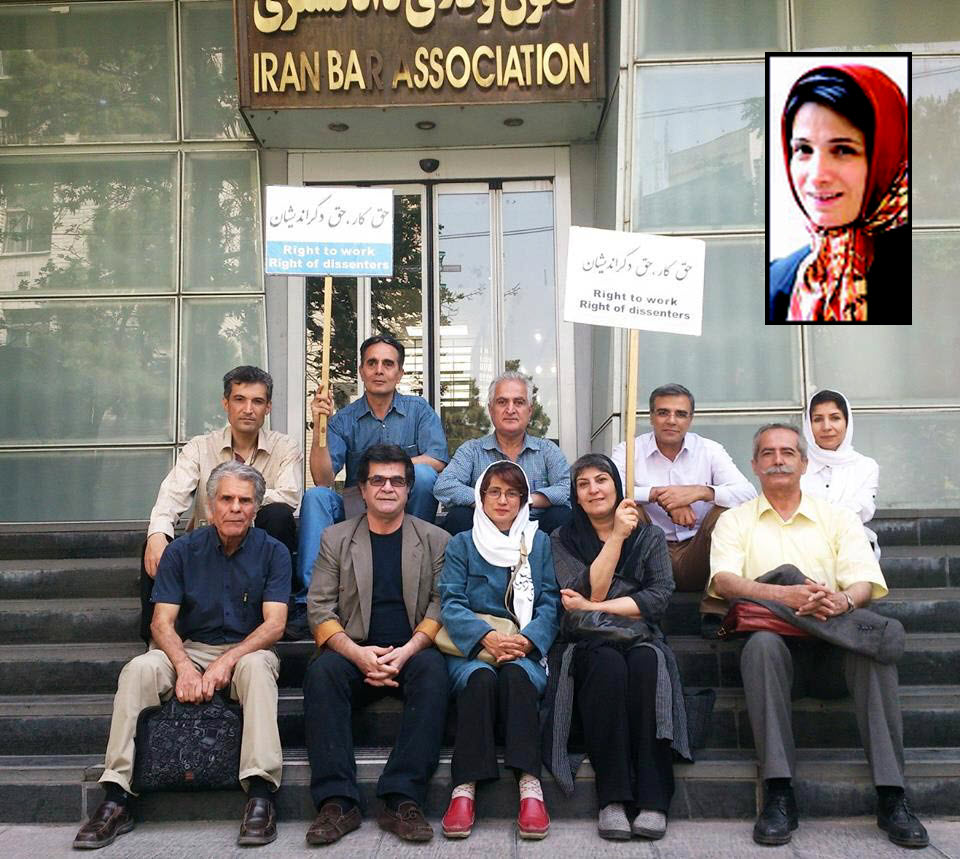The Iraqi Army with US assistance floundered in Ramadi in May and the Baghdad government subsequently went running to Tehran to be rescued.
The city of Ramadi, about 70 miles west of Baghdad, had been partly occupied by the Islamic State for many months. In earky May, the Iraqi government tried to expel IS troops from the part they held. The effort failed miserably with Iraqi Army units breaking and running in a disorganized panic.
The New York Times said the United States suggested to Baghdad that the effort to expel IS use just Iraqi Army troops on the ground and US airpower above, with no involvement by Shiite militias armed and supported by Iran.
With the US plan a total failure, Baghdad then turned to the militias, who soon mobilized around Baghdad.
There was no sign of Qods Force commander Qasem Soleymani in Iraq, but Iranian Defense Minister Hossain Dehqan did visit Baghdad for talks with his Iraqi counterpart.
Another month has now passed and the situation in Ramadi remains as it was.
Earlier this year, Baghdad planned to expel IS from Tikrit. A force of more than 20,000 comprised primarily of militia groups with a few Iraqi Army units and a few Sunni militiamen spent more than a month without succeeding to expel only several hundred IS troops. The US agreed then to provide air power but only if the militias withdrew. Some, but not all, did. The US bombed extensively and Tikrit was taken within a few days.
It isn’t yet known if the US will supply airpower to support a move by militias against Ramadi.
Airpower cannot win any war because planes cannot occupy ground, which is the basic metric of war. But airpower can chew up an enemy to make it easier for ground forces to advance. In World War II, the US Air Corps and the Royal Air Force virtually wiped out the Luftwaffe, but the US Army still lost more than 10,000 dead every month in the march to V-E Day.













